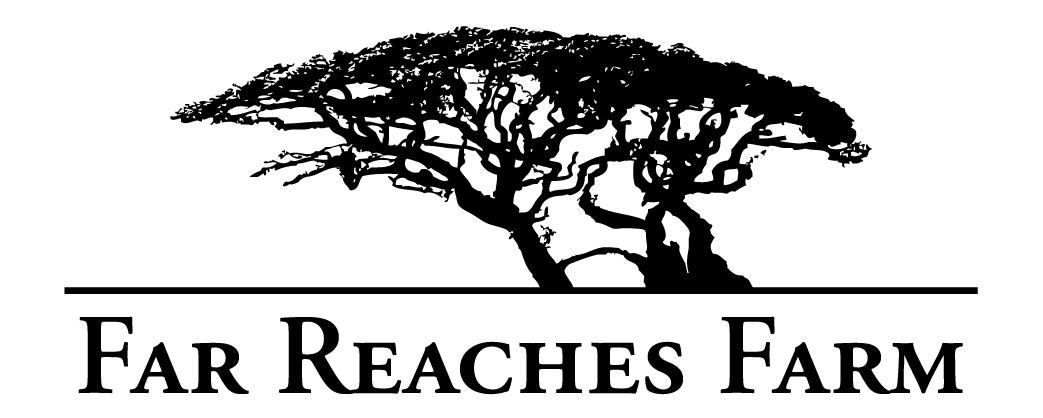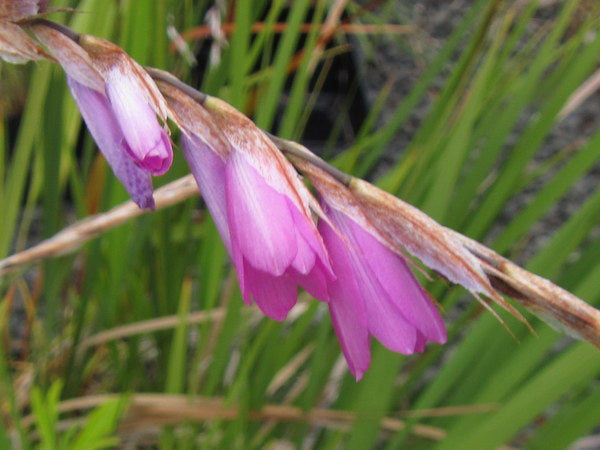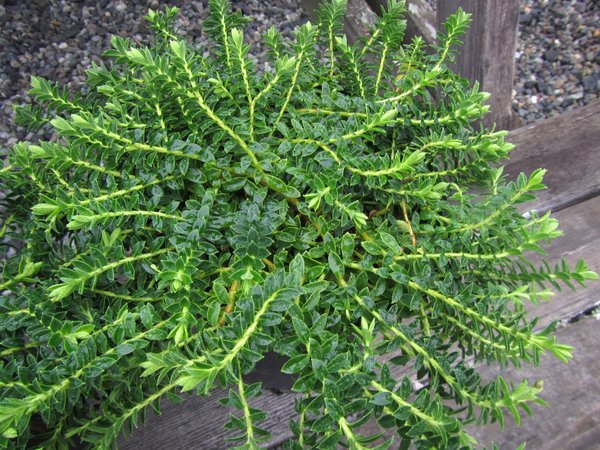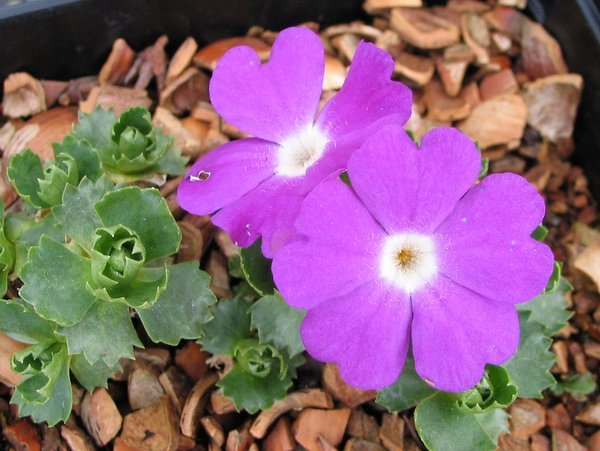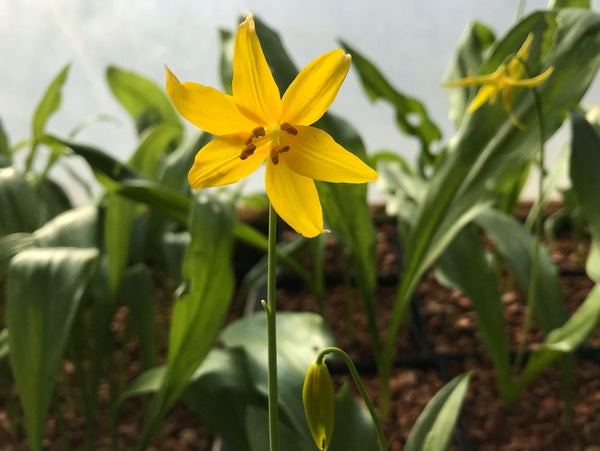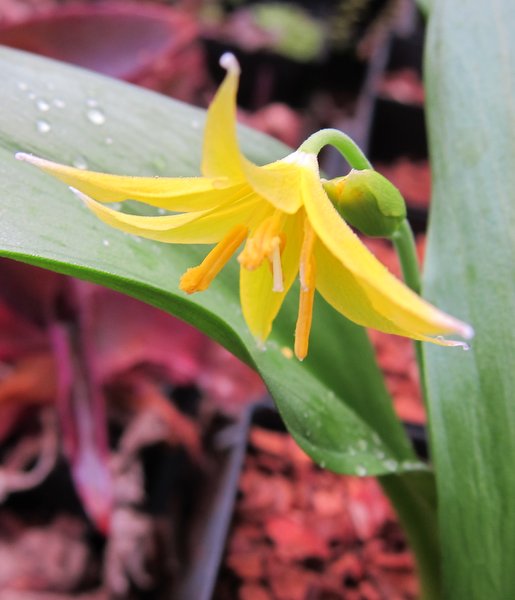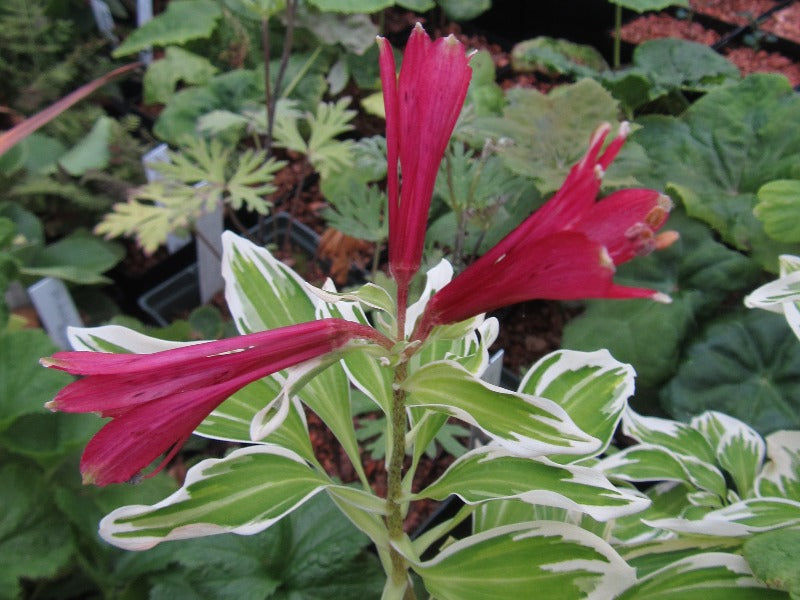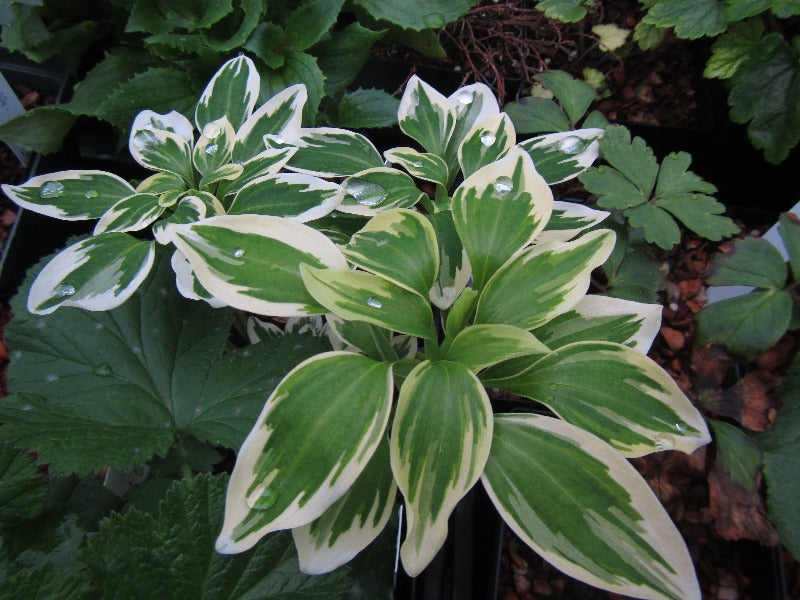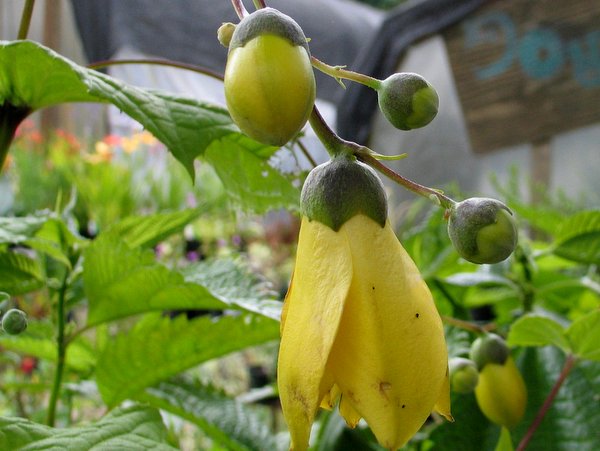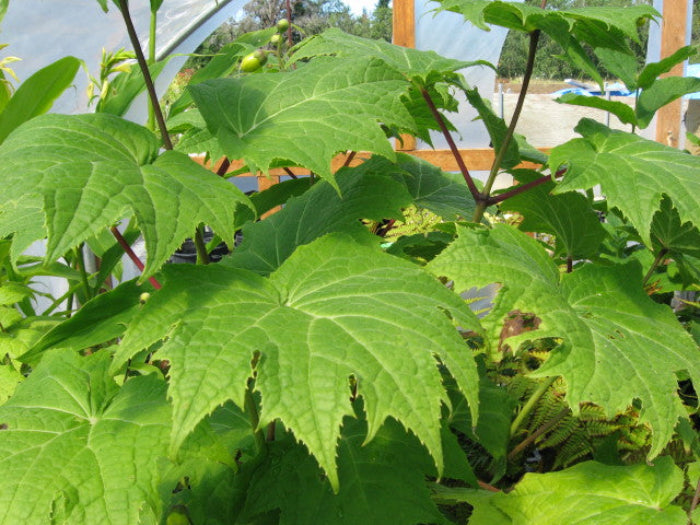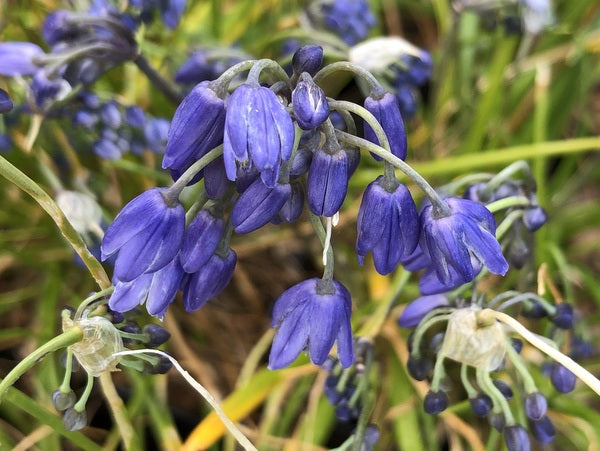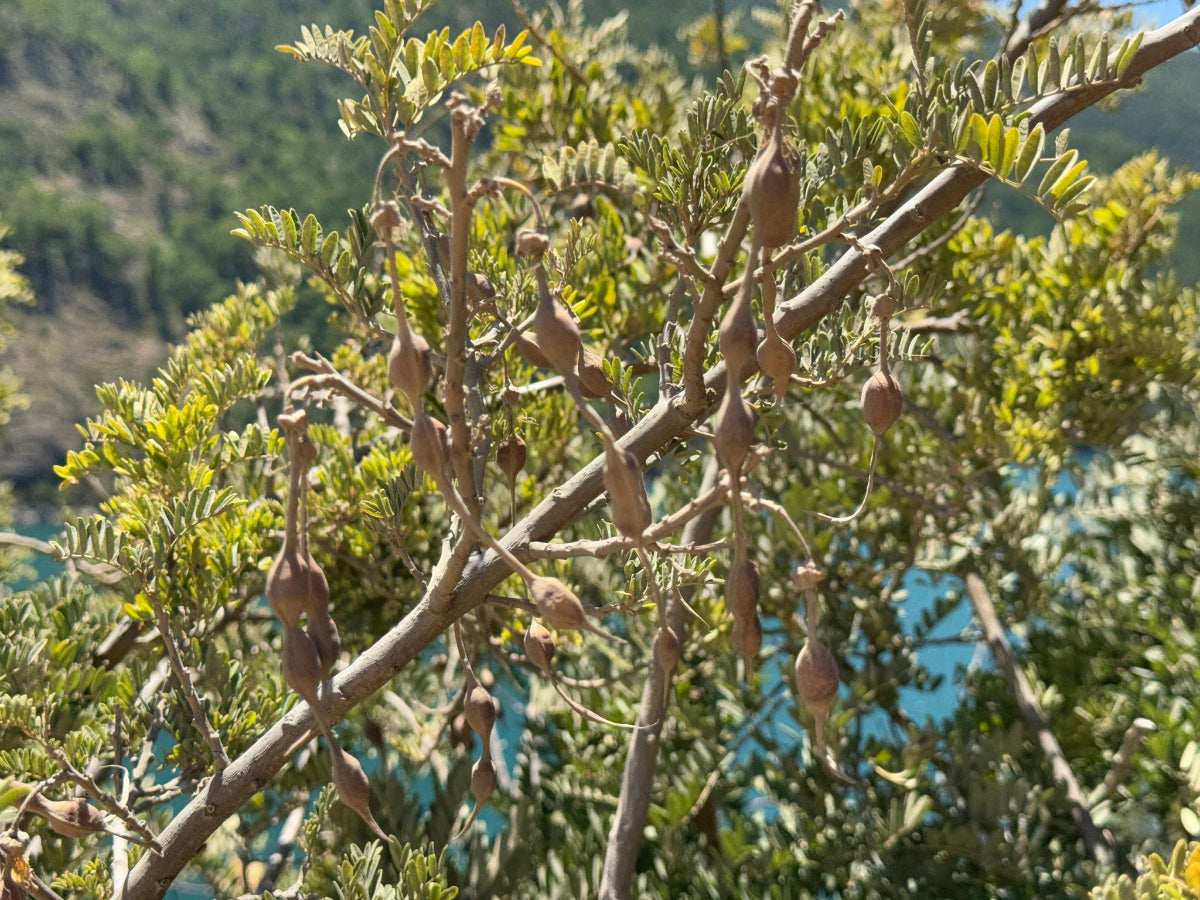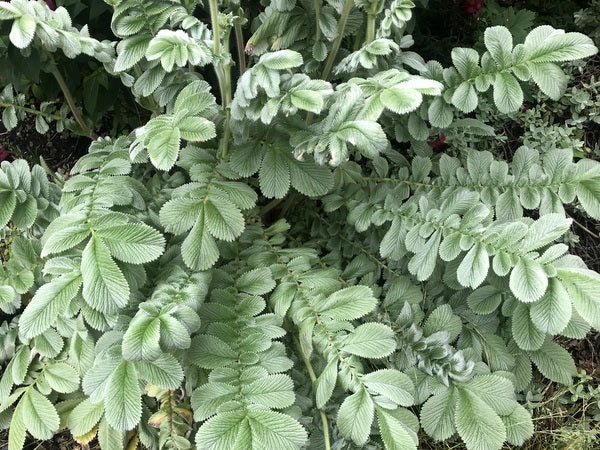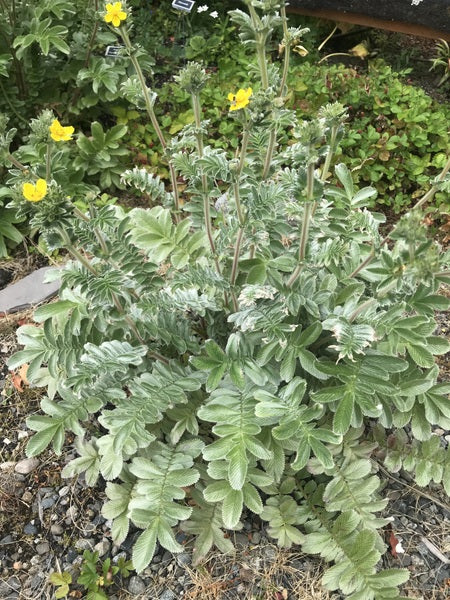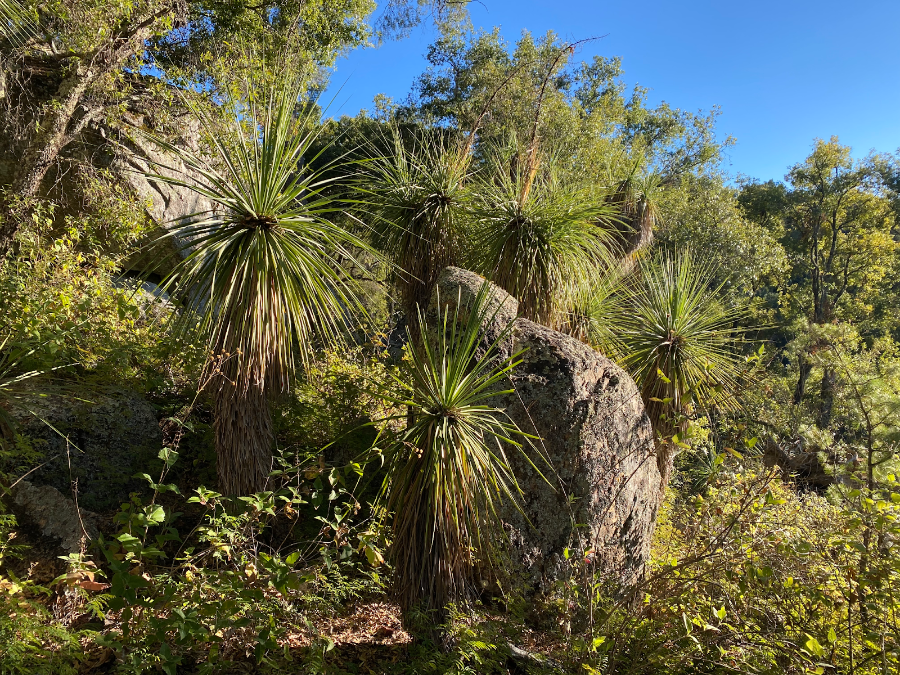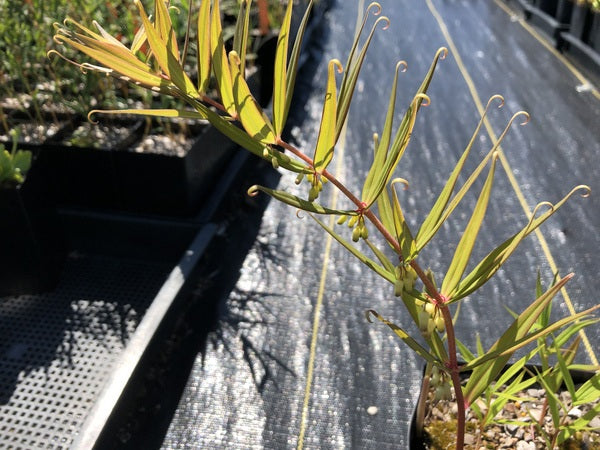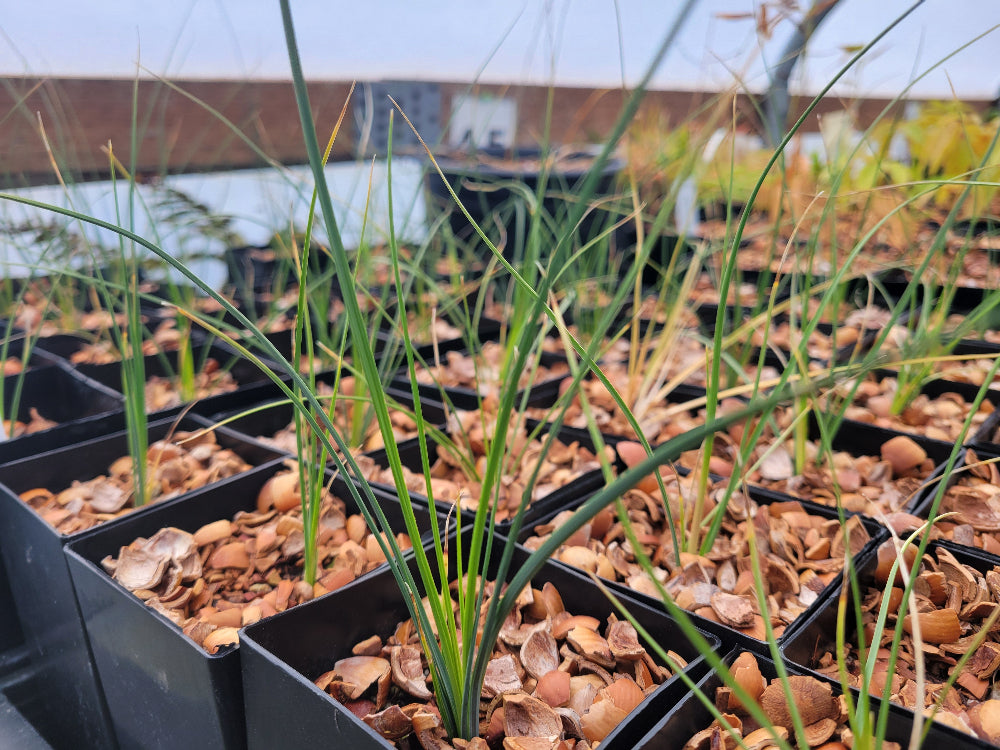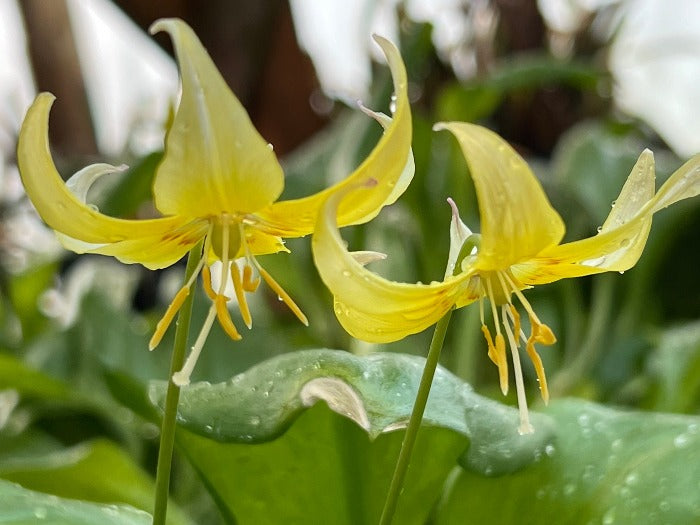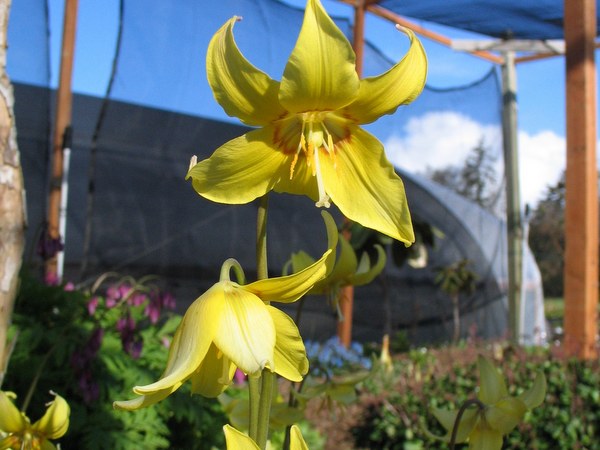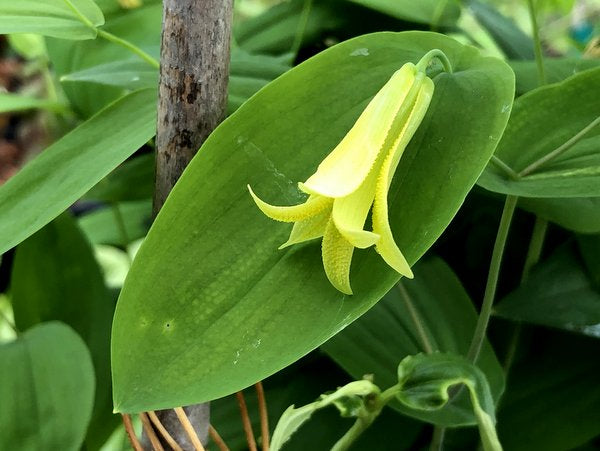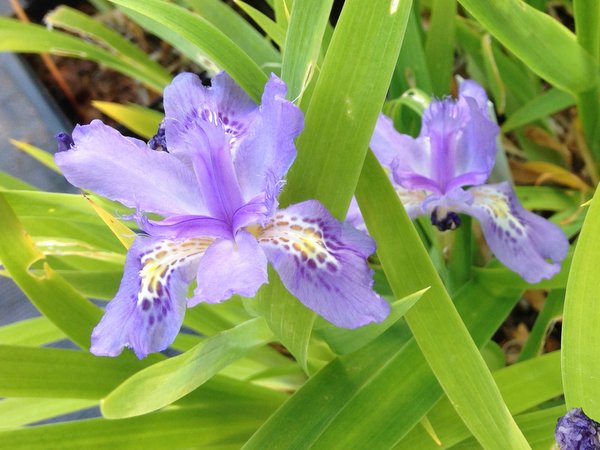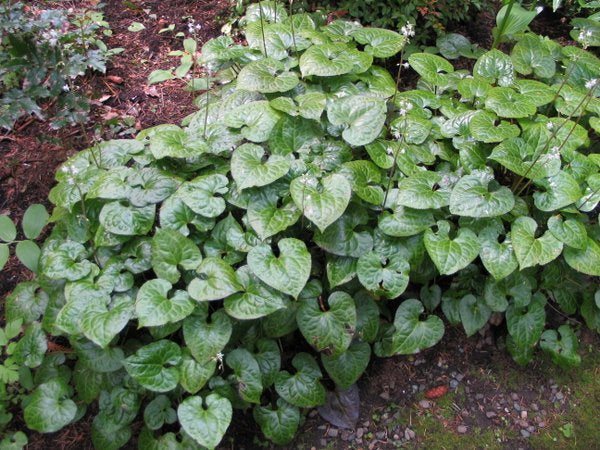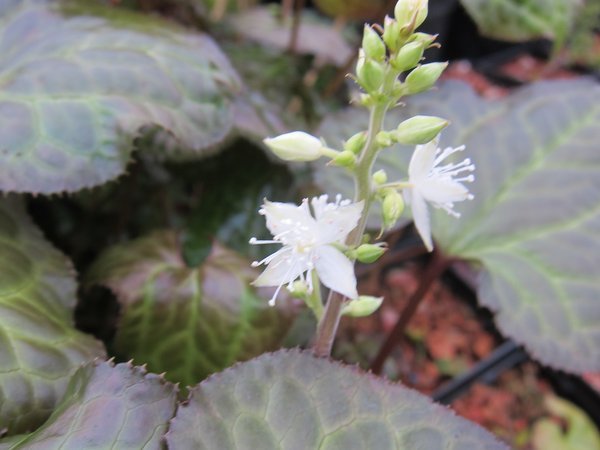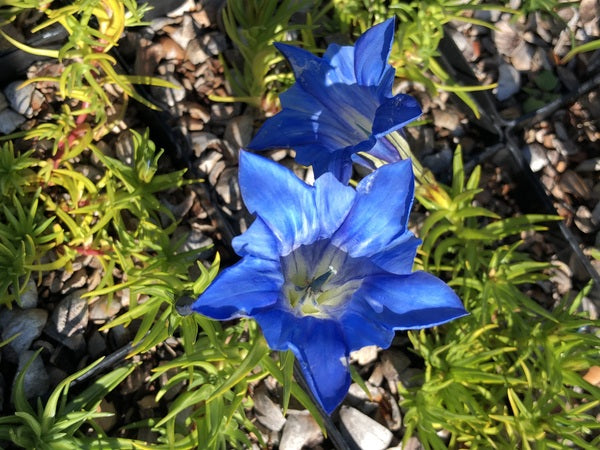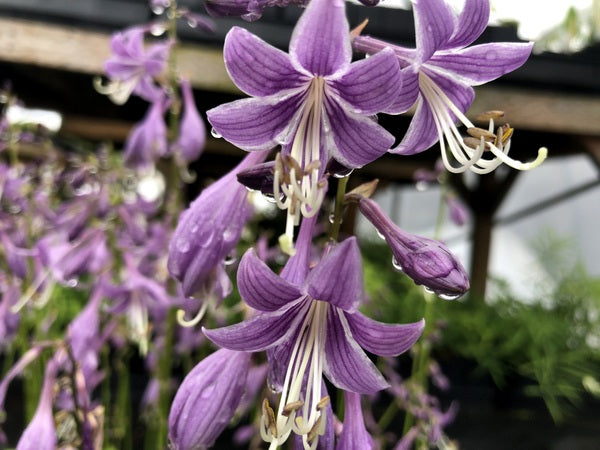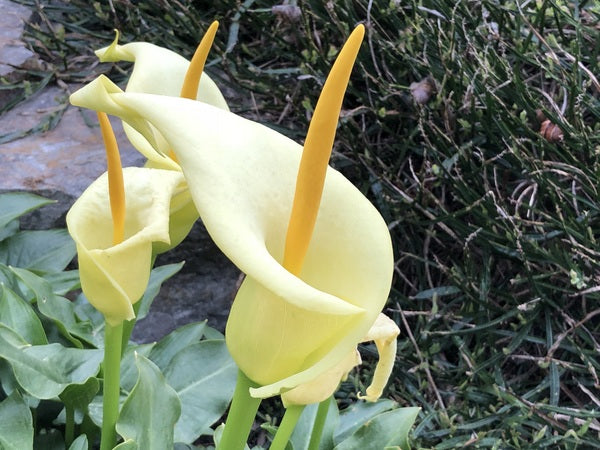Sort by:
1758 products
1758 products
A Chilean collection of this narrow-endemic shrub of the pea family locally known as mayo, though with none of the plainness of its homonymic counterpart. This boasts the lovely elongated golden bells one loves the genus for but adds in evergreen foliage, and of a richly lustrous dark green no less. This of course comes with the caveat of less-than-hardiness, with those plants grown in the UK favoring mild coastal spots, though the genetics of this batch have yet to be winter tested. A lovely bit of exotica for the adventurous type or beneficiary of the Bay clime.
Chilean Fire Tree. One of the most dramatic plants for our area. This requires our cool and moderate climate where it can become a 20' + narrow deciduous tree that is usually multi-trunked. In late May and June, this is a tower of blazing red-orange tubular flowers and you will get little else done other than answering questions from the neighbors about just what is that tree and eventually there will be strangers knocking on your door inquiring and if you plant a grove then there is the inevitable issue of tour buses with which to contend. Best protected from freezing winds, ours is fully exposed to such but we wrapped the trunk the first few years when we dropped into the teens but now we just give it tough love and do nothing. Being in the Proteaceae, they don't enjoy phosphorous so be careful what you fertilize them with - it is the P in the NPK ratio to which they are allergic. Rather than think too hard on it, we just ladle some dairy manure around our plants in early spring.
One of the tall verticillate species in China, this was growing among the branches of a striking shrubby Symplocos just below the mountain summit. The leaves on this species are arranged in whorls like the spokes of a tire. At the leaf base are clustered white and green flowers which turn into red fruit. We like it. A Far Reaches Botanical Conservancy Offering.
Tufty Southwest U.S. native that is every bit as drought tolerant as it looks. Thinner blades than other species lending it a grass-like texture that belies the architectural spires of white flowers that can double the size of the foliage for an impressive 6-7' display. A sleeper cell ready to deliver unexpected wham in your xeric landscape.
The single cousin of the more widely available double 'Eugen's Allerbester' both selections of Asiatic Gentian found and introduced by German plantsman Eugen Schleipfer and introduced to this country by Urs Baltensperger. Same stunning dark blue flowers which remain cheerily open during the late Summer season and into early fall.
